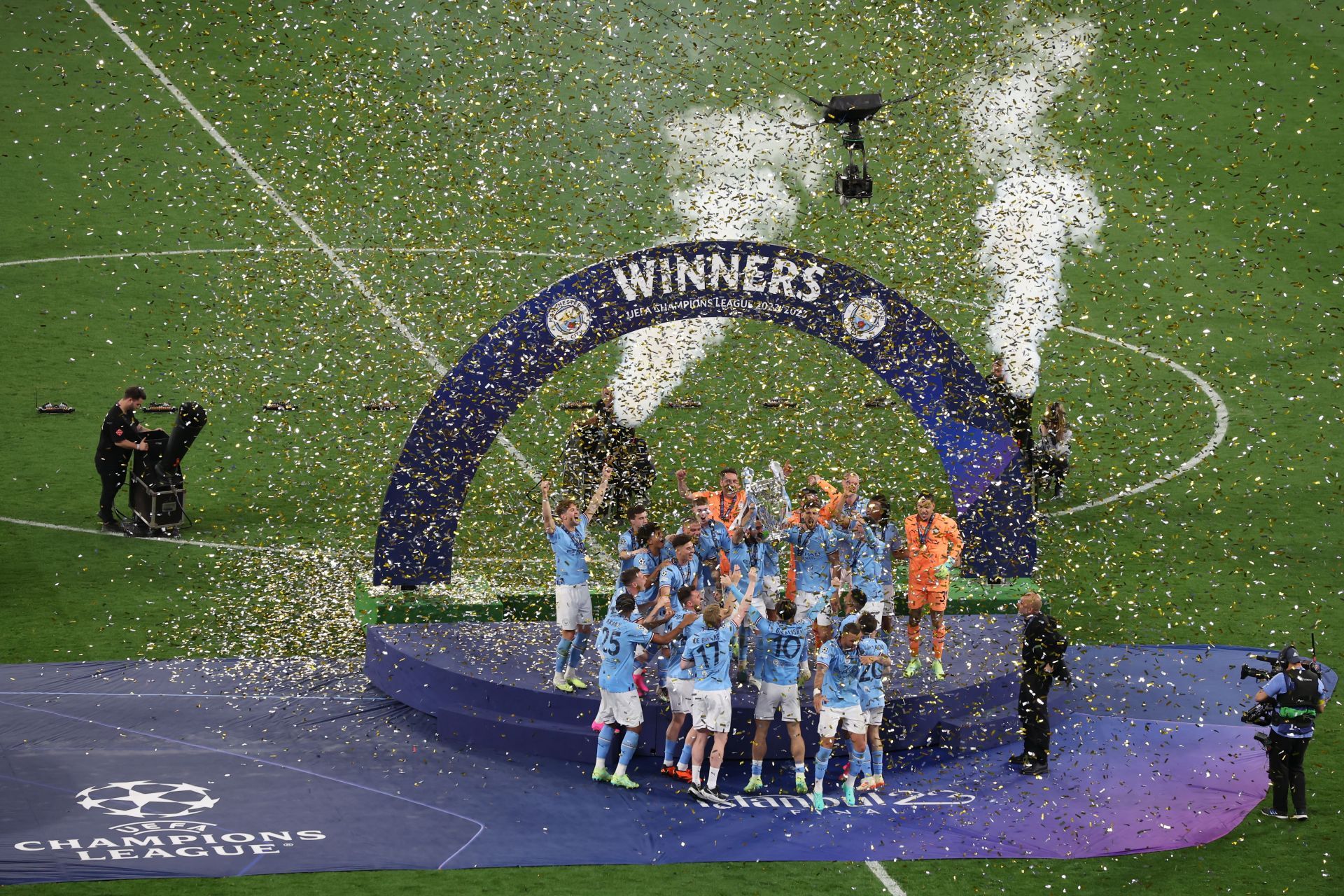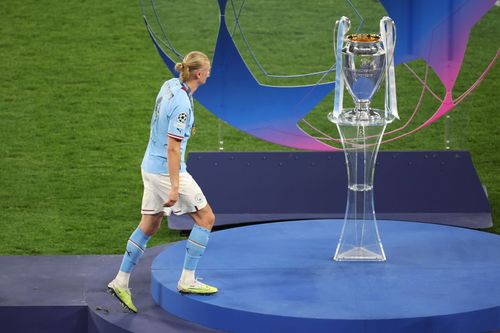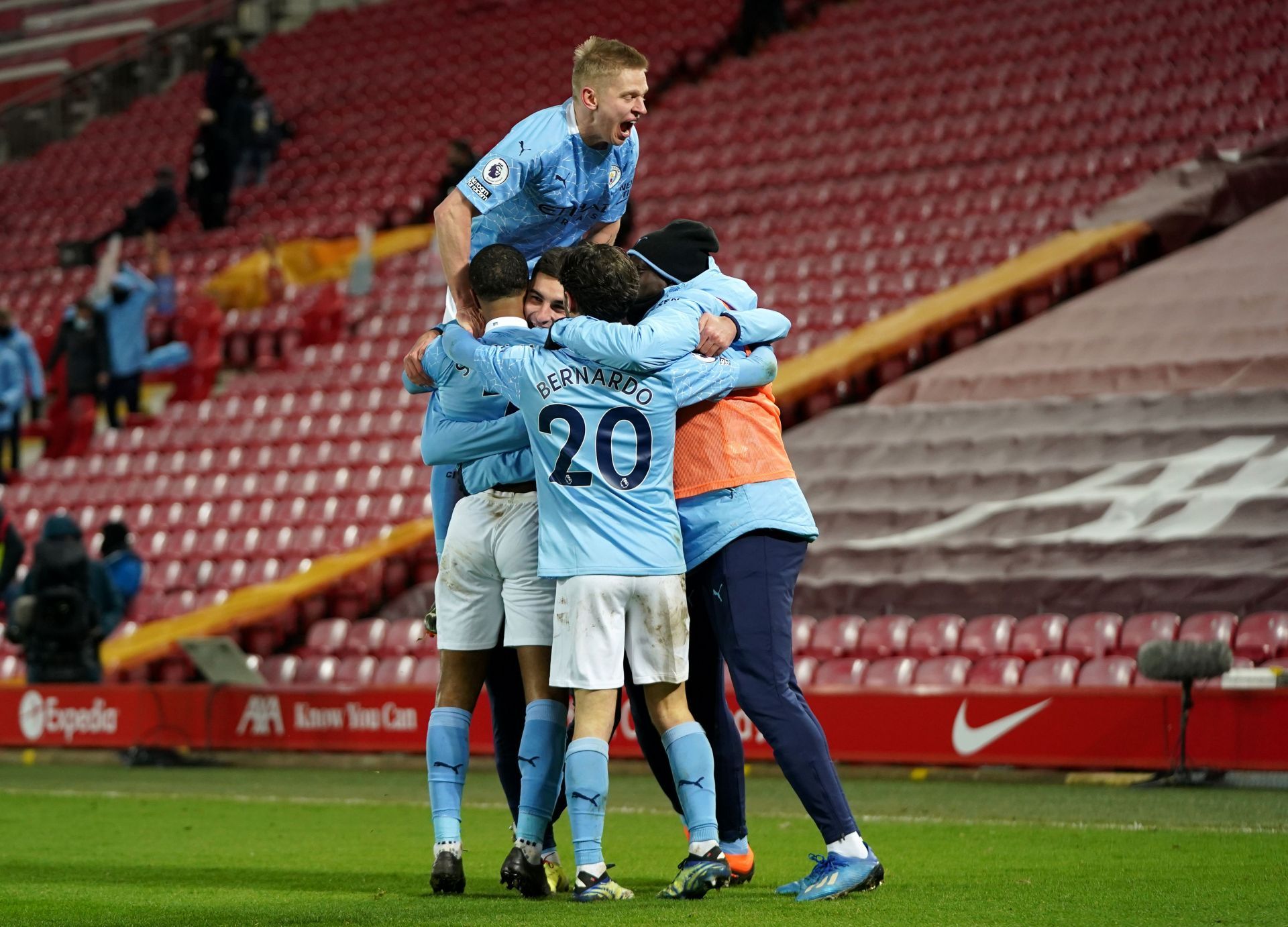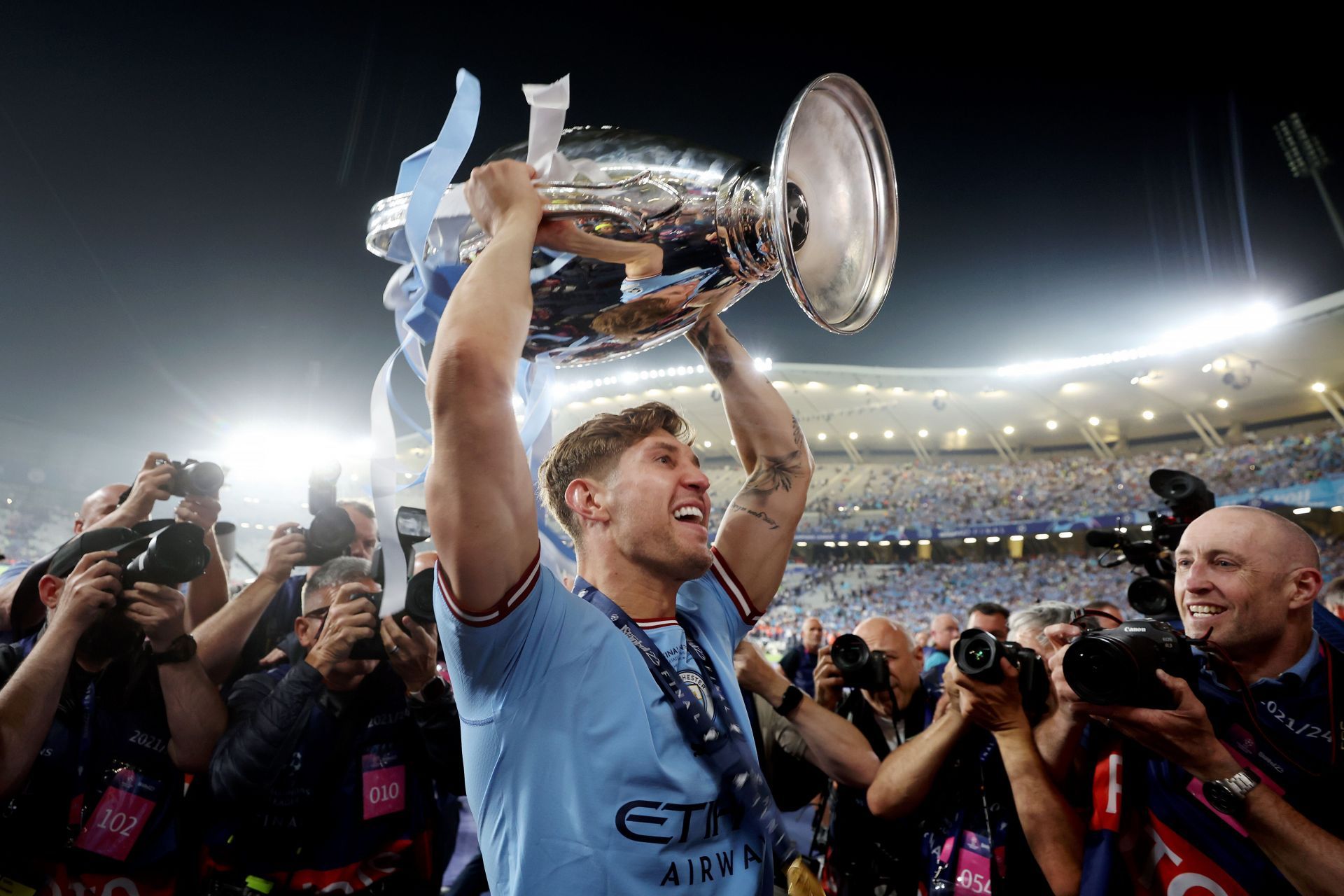
Treble delight: How did Manchester City became the best team in Europe?
Given Inter Milan's performance, Manchester City's win in the Champions League final must have been anticlimactic for many. However, if the whole season is taken into account, there was nothing anticlimactic about City's triumph over Inter.
Manchester City were dreaming of winning the Champions League ever since the Abu Dhabi United Group took over the club in 2008. But even after sustained domestic success, it took them 15 years and more than £2 billion in investment to finally capture the prize they craved for so long.
However, their first European victory was worth the wait. Not only did Manchester City managed to replicate their dominance in Europe, but they also managed to become only the second English club after arch-rivals Manchester United to win the treble.
So, what was the recipe behind Manchester City's extraordinary season? Let's find out:
Erling Haaland: The X-factor

In recent times, the vast majority of clubs that managed to win the Champions League had a goalscorer who scored 40 or more goals in the season. Real Madrid achieved Champions League success with Cristiano Ronaldo leading the line, whereas Barcelona had Lionel Messi and Bayern Munich had Robert Lewandowski to rely on. The arrival of Erling Haaland was seen as the final piece of the puzzle in the Manchester City setup. And the Norwegian did not disappoint in his debut season.
Besides scoring an astonishing 52 goals in 53 games across competitions, Erling's ability to provide an additional attacking dimension to City's attack was there for all to see. The presence of Haaland disrupted their opponents' ability to sit back and block passing lanes to their advanced players.
Haaland's arrival saw City go more direct by launching long balls to the giant of a striker. This resulted in less reliance on attacking full-backs like Joao Cancelo and helped City change their formation and play with three at the back.
Haaland's performance in big games was also a big plus point. He scored against RB Leipzig and Bayern Munich in the Champions League knockout rounds while also contributing immensely against Arsenal, Manchester United, and Tottenham Hotspur.
Revamping the squad and managing egos

Pep Guardiola has never been afraid of revamping the squad, particularly when the players were not happy to adjust to his demands. He removed Ronaldinho and Deco when he joined Barcelona and also parted ways with Zlatan Ibrahimovic after signing him only a season prior.
This season, he allowed Raheem Sterling, Oleksandr Zinchenko, and Gabriel Jesus to leave because he knew he would not have been able to give them regular game time. Besides, he also shipped Joao Cancelo to Bayern Munich after the player found it unacceptable to be on the bench.
Guardiola has, time and again, refreshed the squad to make sure no player was unhappy being at the club. Besides, he also ensured sufficient game time for various fringe players to keep them motivated.
For instance, the imposing presence of Haaland never deterred Julian Alvarez from performing to the expected levels. His performance in the 4-1 win over Liverpool at the Etihad speaks volumes about Guardiola's man-management skills.
Moreover, Phil Foden and Riyad Mahrez largely found themselves on the bench after playing pivotal roles in previous seasons. Yet, both of them came and did the job admirably and that was down to Guardiola's ability to keep his players on their toes.
Tactical tweaks

City's previous Champions League campaigns were marred by defensive meltdowns of epic proportions. But this season saw them become the best defense in Europe, and it was down to the little tactical tweaks that Pep Guardiola employed during their treble run-in.
His usage of John Stones as a hybrid defensive midfielder paid rich dividends as it provided more stability to the Manchester City backline. Besides, the Spaniard stationed Nathan Ake as the left centre-back to ditch his preferred 4-3-3 formation.
The aforementioned tweaks resulted in Manchester City effectively playing with four centre-backs: Ruben Diaz, John Stones, Nathan Ake, and Manuel Akanji. The presence of Rodri added a further layer of steel to City's defense, which only conceded the fewest (5) goals on their way to the Champions League title.
During the treble run-in, City mainly lined up in a 3-2-4-1 setup. Rodri, along with the four centre-backs, were tasked with defending, whereas Haaland, Kevin De Bruyne, Jack Grealish, and Bernardo Silva were tasked with scoring the goals.
For a person who has always been accused of overthinking in big games, it was Guardiola's tactical brilliance that ultimately delivered European glory to Manchester City.